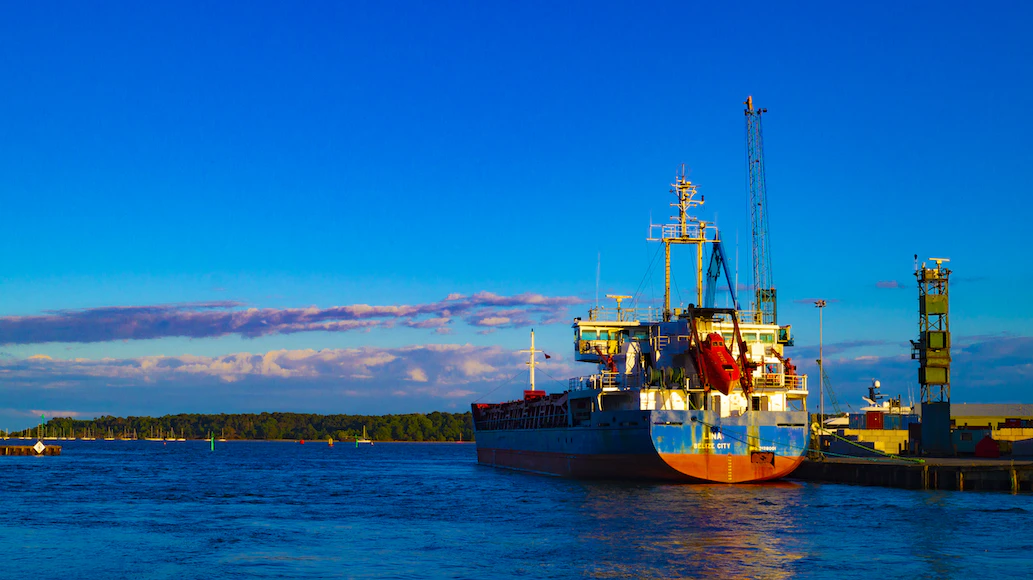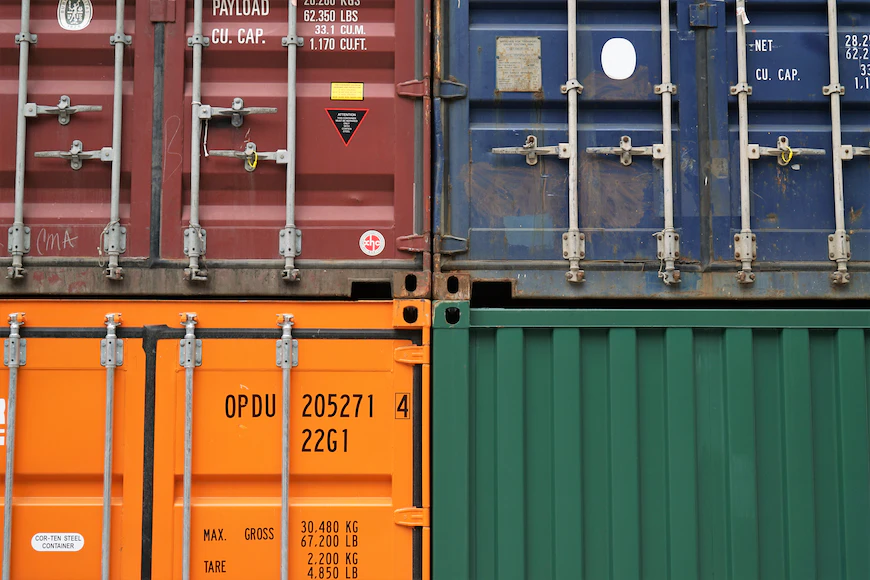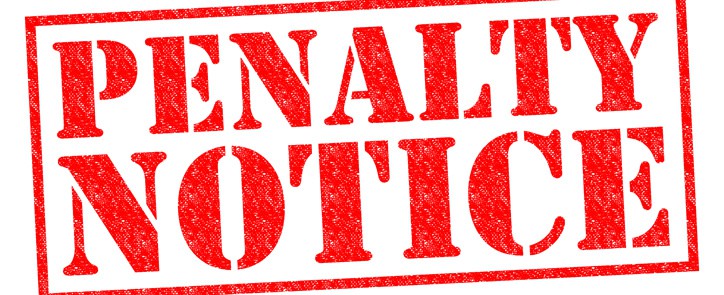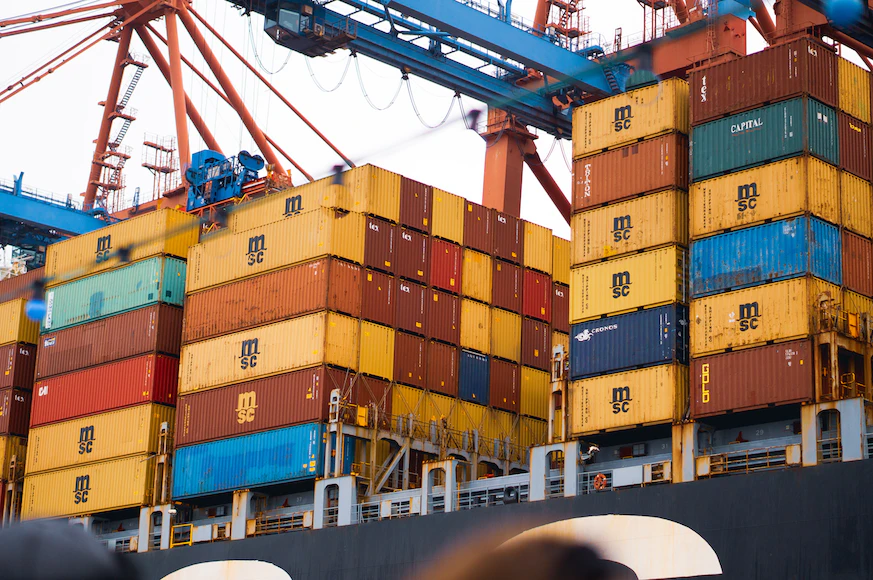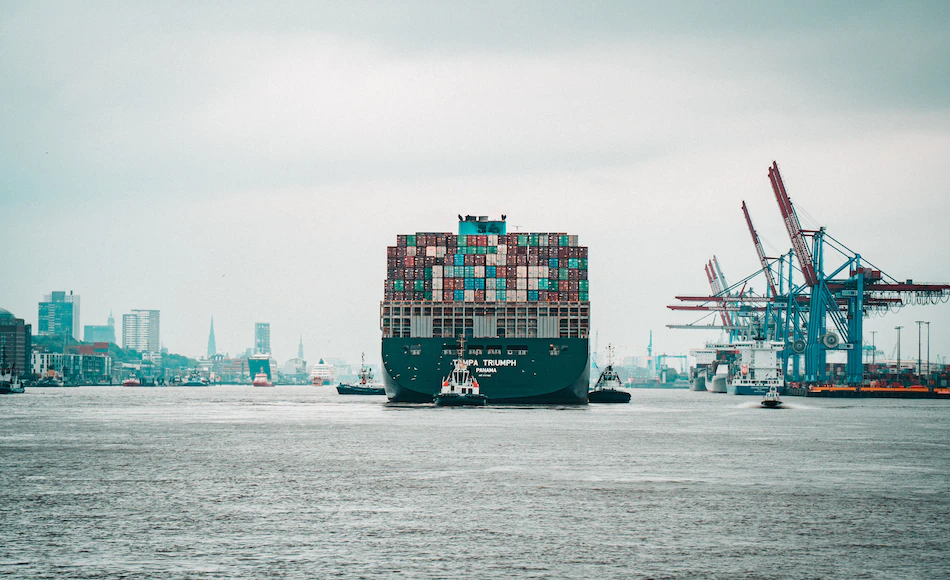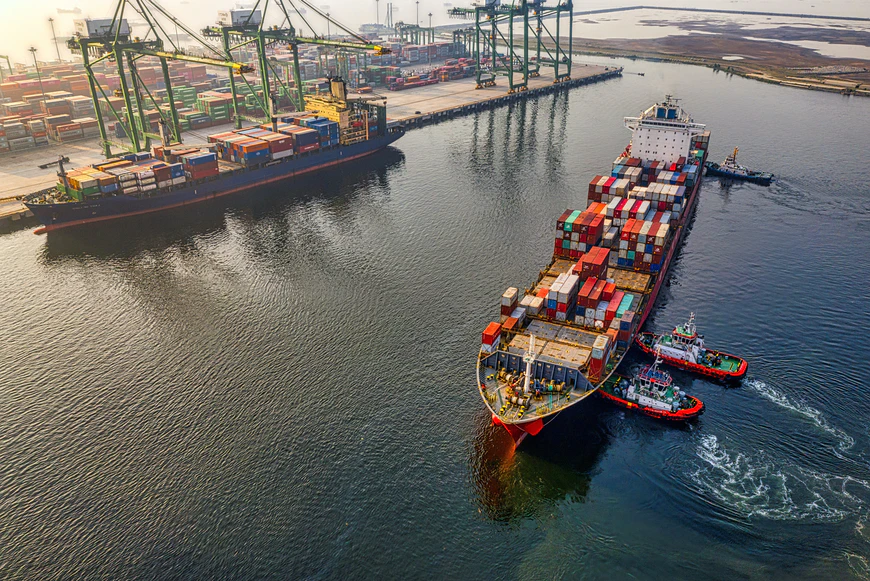If you are planning to start an import and export business on an international basis, or you are expecting to receive or ship goods from an overseas market and you already have a list of potential suppliers at hand, the next step that you will take now is to choose the appropriate delivery agreement between you and your supplier.
By that point, you should have already familiarized yourself with the International Commerce Terms or Incoterms, which is a set of standardized trade terms published the International Chamber of Commerce or ICC. As the basis of delivery agreement between you and your overseas supplier, Incoterms usually includes the information on how goods will be delivered, who will cover the payments, who is responsible for insurance, and who handles specific shipping procedures.
The latest edition of Incoterms was released in 2010 and includes eleven rules which are divided into two classes – 1. Rules for Any Mode or Modes of Transport, which may be used without regard to any kind of transportation used; and 2. Rules for Sea and Inland Waterway Transport, which emphasizes that the point of delivery and the destination of the equipment are both ports.
To decide which of these rules is best for your import and export business, we will discuss all the Incoterms 2010 rules and weigh down the advantage of each in terms of passing on responsibilities and cost.
RULES FOR ANY MODE OR MODES OF TRANSPORT

Image from directorytransport
According to ICC, Ex works means that the seller delivers when it places the goods at the disposal of the buyer at the seller’s premises or at another named place. This rule places the minimal responsibility to the seller or supplier since they only have to make the goods available, properly packaged at the specified place which is usually at the supplier’s factory or warehouse.
This is not typically used in the cross-border transaction since it presents many transportation difficulties. The buyer also bears all the cost and risks involved in collecting the goods from the seller’s premises to the designated destination.
ICC defines Free Carrier as the agreement when the seller delivers the goods to the carrier or another person nominated by the buyer at the seller’s premises or another named place.” When the goods have already been cleared, it can then be delivered by the seller to the carrier at the designated location stated in the contract.
When the goods arrive at the point of location, the buyer will then assume the responsibility. If the location to deliver goods is not mentioned in the contract, the seller may choose within the place or range stated where the carrier take the goods into his charge. This term is usually used in container transport movements such as RO/ RO (roll on – roll off) used by trailers and ferries.
Carriage Paid To means that the seller fulfills his obligation if they deliver the goods to the carrier or another person nominated by the seller at an agreed place. This is only applicable when the seller contract for and pay the cost of carriage necessary to bring the goods to the named place of destination. Like FCA, the seller may select the point at the named place of destination which best suits its purpose.
The risk of loss and damage to the goods, as well as any additional cost incurred after the goods have been delivered into the custody of the carrier is then transferred to the buyer. If ever that there are several successive carriers, the transport risk passes from the seller to the buyer when the goods are delivered to the first carrier in the chain.
In this term, the seller has no obligation to hire insurance transport to cover the goods from the point place of delivery to the point of destination. The seller is also tasked to complete all the formalities and carry all the costs of customs clearance for export, but not the import clearance needed in the place of destination.
- CIP – Carriage and Insurance Paid To
In its most basic format, Carriage and Insurance Paid To means that the goods will be delivered by the seller to carrier or person nominated by the buyer at the place mutually agreed by the seller and the buyer, and that the seller arranges and pays for all costs for the transportation, including insurance (which is usually kept at minimum) of the goods up to the agreed port of destination.
Like CPT, the obligations of the seller end when he successfully delivered the goods to the carrier, but typically do not end until the carrier reaches the agreed destination. Unlike other Incoterms, the stipulated point of delivering under this terms does not necessarily mean that it is the final delivery point.
- DAT – Delivered at Terminal
Incoterms “Delivered at Terminal” means that the seller delivers when the goods, once unloaded from the arriving means of transport, are placed at the disposal of the buyer at a named terminal at the named port or place of destination. “Terminal” may include place any place, whether covered or not, such as factory, warehouse, container yard or road, rail or cargo terminal.
Under this Incoterms, the seller must complete all the formalities and shoulder all the costs of customs clearance for export. The seller also bears all the risk involved in bringing the goods to and unloading them all at the terminal at the named port or place of the destination.
Incoterms “Delivered at Place” means that the seller delivers when the goods are placed at the disposal of the buyer on the arriving means of transport ready for unloading at the named place of destination. Under this Incoterms, the seller agrees to pay all costs and assumes all risks related to bringing the goods up to the place of destination.
Incoterms “Delivery Duty Paid” means that the seller fulfills their obligation when they successfully delivered the goods at the named place in the country of importation. Under this terms, the seller has to shoulder all the costs and risks related to delivering the goods to the place of destination. Unlike the other Incoterms, the seller has also the obligation to clear the goods not only for export but also for import, which means that they have to pay any duty for both export and import and to carry out all customs formalities. While Ex Works is Incoterms that represents the minimum obligation by the seller, Delivery Duty Paid represents the maximum obligation.
RULES FOR SEA AND INLAND WATERWAY TRANSPORT

Image from roanoketrade
- FAS – Free Alongside Ship
Free Alongside Ship basically means that the seller fulfills their obligation when the goods have been placed alongside the vessel on the quay or on a barge at the named port of shipment. This means that the seller has to carry all the risks of loss and damage to the goods until the goods are alongside the ship. Under this terms, the buyer is required to clear the goods for export, and should only be used when the buyer does not have the capacity to carry out directly or indirectly the export formalities.
Incoterms Free on Board states that the seller fulfills their obligation when the goods have been delivered on board the vessel nominated by the buyer at the named port of shipment or procures the goods already so delivered. This Incoterms indicates that the seller has to shoulder all the costs and risks of loss and damage to the goods until the goods have finally arrived on board the vessel, and the buyer will bear all costs from that moment onwards.
Cost and Freight Incoterms mean that seller delivers the goods on board the vessel or procures the goods already so delivered. The seller covers all the risks of loss and damage to the goods until the goods are on board the vessel. However, the seller has to shoulder the costs of bringing the goods from the point of origin to the place of destination. They are also tasked to clear the goods for export, but never on insurance.
- CIF – Cost, Insurance, and Freight
Cost, Insurance, and Freight Incoterms is almost identical to CFR – with an exception for the insurance portion. Under this Incoterms, the seller fulfills their obligation to deliver when the goods are already placed on board the vessel or procure the goods already so delivered. Like CFR, the risks of loss and damage passes when the goods are on board the vessel. Aside from freight and clearance cost, the seller has to procure and pay for a marine insurance against the buyer’s risks of loss of or damage to the goods while in transit.
Choosing the appropriate Incoterms is one of the most important step in the shipping process as it ensures that both parties – the seller and the buyer – understands their responsibilities. It also streamlines the whole shipping process so that goods will arrive at the point of destination with less time and hassle, which is a win-win situation both for the seller and buyer.
If you have any questions about Incoterms, feel free to call Excelsior Worldwide Freight Logistics Corp. Call us at (+632) 525-9775 or email us at wecare@excelsior.ph


